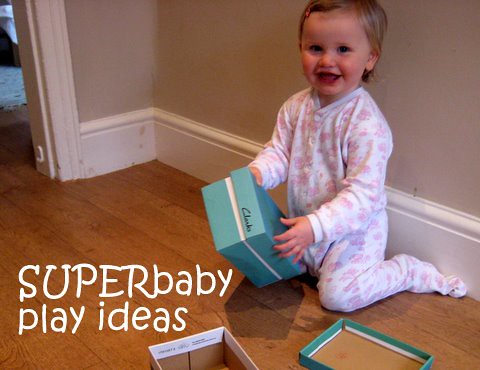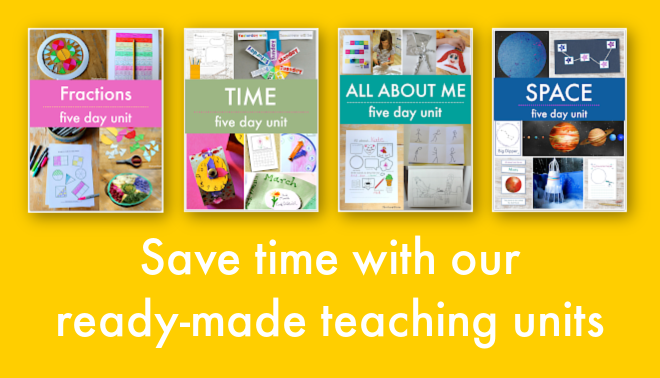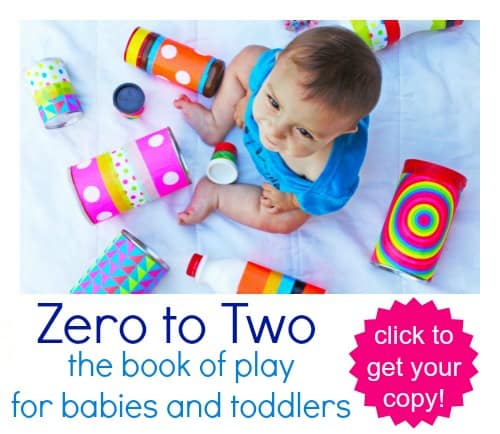Babies change so much during their first year, developing in their physical, social and language skills. Think how different a new born and a one year old are. A good way to keep up with their development and make sure you’re matching your play to suit them is to borrow a practice from Early Years professional and carry out a play audit every couple of months.
How to carry out a play audit
A play audit is a quick but effective way to make sure the environment you’re providing for your baby is continuing to give them a great start in life as they develop through their first year. Take five minutes to think about what stage your baby is at and make a few simple changes to align your play environment to suit their development. Areas to think about include:
Boosting all their senses
What texture of toys are you offering your baby? If you notice most of your toys are plastic, it’s very easy to put together a treasure basket of items which provide a rich variety of things for your baby to handle and explore. Or maybe it’s time to introduce some messy sensory play?
What is your baby listening to? Your own voice is the most important thing of course, but your audit might make you realise most other objects your baby plays with are silent. Why not add in a song bag to enjoy together or some simple homemade musical instruments?
Do you include anything to develop your baby’s sense of smell? If not, aromatherapy pots are a good place to start.
What can your baby see? A baby’s view of the world changes every time they move on to a different stage in their physical development. Moving to sitting, crawling, pulling up or walking completely alters your baby’s regard of the environment. To make sure you keep up with this, lie or crouch down so your perspective is the same as your baby’s, and audit what you can see. Maybe you need to relocate mobiles or move pictures around to give your baby an interesting view.
On the move
As your baby becomes more mobile, a play audit can help you shift toys around to keep up with your baby’s new skills. Repositioning toys is great for providing encouragement for physical challenges, as well as being very important for the safety of an ever more mobile child. Placing baskets of toys on a higher level can give your baby a fun treasure to discover as they begin to pull themselves up. And small containers of toys placed around a room make great ‘play stations’ for your baby to crawl or shuffle over to.
Rotation
A play audit also helps you get in the habit of rotating toys – keeping a selection readily available for your baby to play with, but putting others away for a while. Observing the stage that your baby is at as part of an audit helps you work out which toys are perfect for your baby right now, and which ones you can pack away for a while. Never underestimate the benefit of having fewer toys to tidy away each day! And you’ll also be able to enjoy your baby’s excitement when forgotten toys re-appear after a few months, bringing with them enthusiasm for new play opportunities.
Do you use play audits to help you be mindful of your baby’s development? How do you match your play to your baby’s stage?
More activities for babies and toddlers
Zero to Two: The Book of Play is full of fun activities for babies and toddlers. Download you copy here!






What a great idea to rotate toys!
Very nice post! I have an 8 month old and a 2 year old. Can’t wait to check out your store and do a baby audit :0)
check out our new meme starting july 7th called give back thursdays!
I found this site for the first time today and I am SO glad I did! There are so many great and easy ideas to promote child development!!
cant wait to try!
This is a great idea. I kind of do it unconsciously, but I’m going to become more mindful about it. Sharing in Sunday Surf!
Thanks for sharing it on Laura 🙂